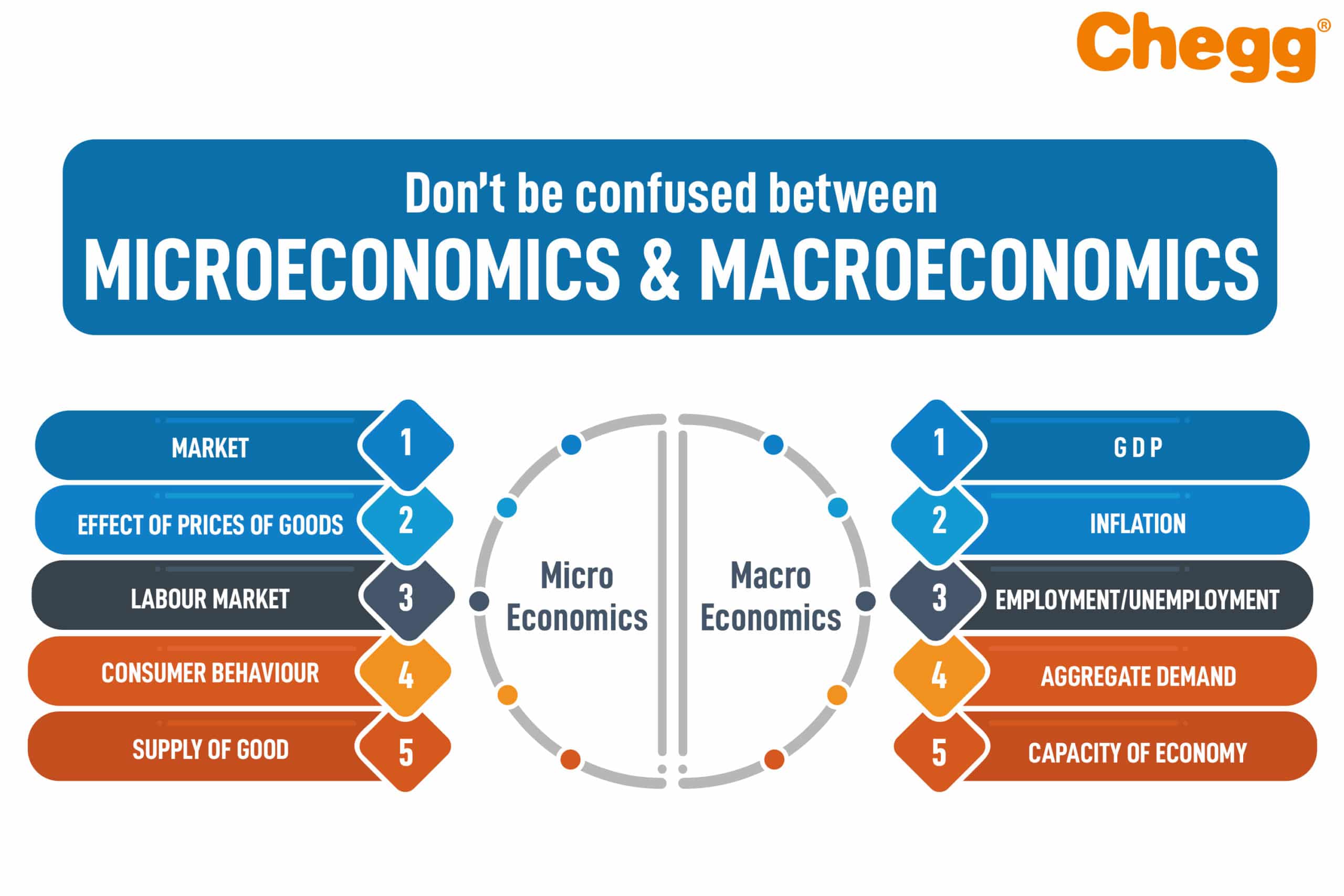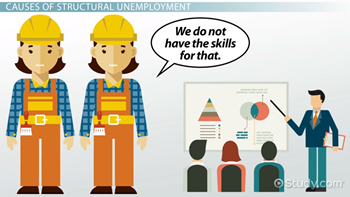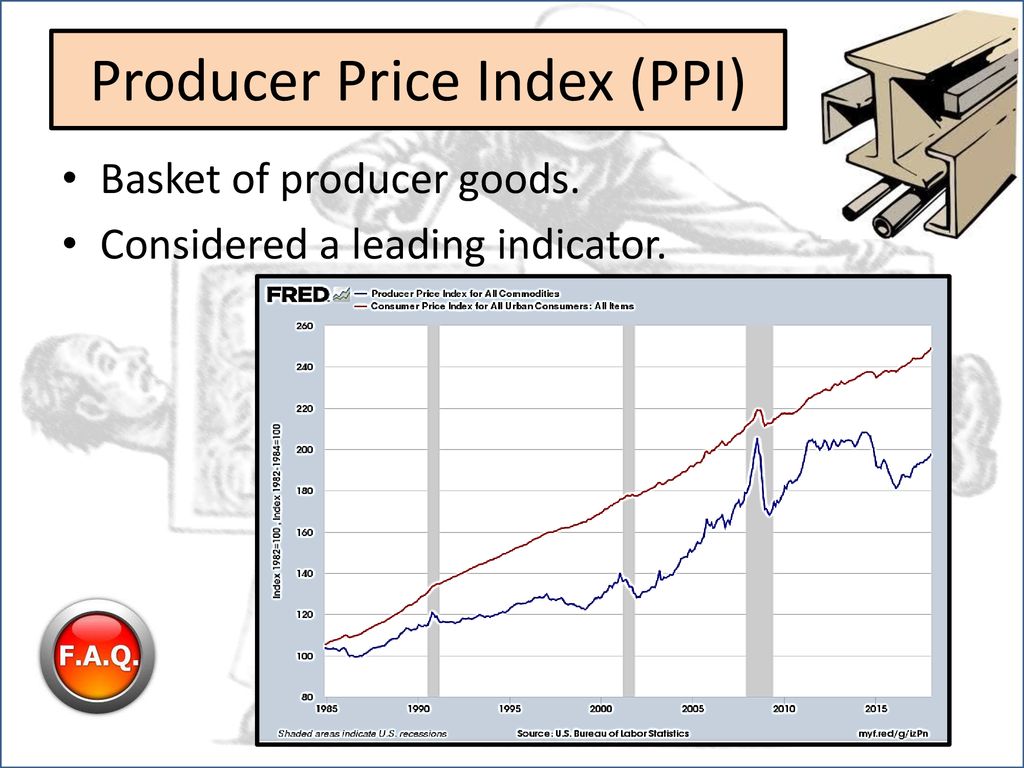
Microeconomics vs. Macroeconomics: A Clear Distinction for Beginners
Economics, at first glance, can seem like a vast and complex subject, filled with charts, graphs, and jargon. But at its heart, it’s simply the study of how people, businesses, and governments make choices about scarce resources. To make sense of this massive field, economists typically divide it into two main branches: Microeconomics and Macroeconomics.
While they both fall under the umbrella of "economics," they examine the world from very different perspectives, like looking at a single tree versus observing the entire forest. Understanding this fundamental distinction is crucial for anyone hoping to grasp how our economic world functions.
Let’s dive in and clearly distinguish these two vital areas of study.
What is Microeconomics? The "Small Picture" View
Imagine holding a magnifying glass and intensely examining a single leaf on a tree. That’s essentially what microeconomics does. The word "micro" comes from the Greek word "mikros," meaning "small."
Microeconomics is the study of how individual economic agents – such as households, consumers, and firms – make decisions regarding the allocation of limited resources, and how these decisions interact within specific markets. It focuses on the behaviors of these individual units and the factors that influence their choices and interactions.
Think of it as the study of the building blocks of the economy.
Key Areas and Questions in Microeconomics:
Microeconomics explores the "why" and "how" behind everyday economic interactions. It asks questions like:
- Consumer Behavior:
- Why do consumers choose to buy certain products over others?
- How do changes in price affect the quantity of a good consumers are willing to buy (demand)?
- How do income levels influence purchasing decisions?
- Producer Behavior (Firms/Businesses):
- How do businesses decide what to produce, how much to produce, and at what price to sell their goods or services?
- What factors influence a company’s production costs and profit margins?
- How do businesses react to changes in demand or input prices?
- Market Dynamics:
- How are prices determined in a specific market (e.g., the market for smartphones, the market for coffee)?
- What happens when there’s a shortage or surplus of a product?
- How do government regulations (like taxes or subsidies) affect a specific market?
- Resource Allocation:
- How do individuals and firms decide how to allocate their time, money, and other resources?
- Why do some people choose to work long hours, while others prioritize leisure?
Examples of Microeconomic Concepts:
- Supply and Demand: The fundamental forces that determine prices and quantities in markets.
- Elasticity: How sensitive demand or supply is to changes in price or income.
- Market Structures: Perfect competition, monopoly, oligopoly, monopolistic competition – how different competitive environments affect business behavior.
- Consumer Utility: The satisfaction consumers get from consuming goods and services.
- Production Costs: Fixed costs, variable costs, marginal costs.
What is Macroeconomics? The "Big Picture" View
Now, let’s step back from that single leaf and take a helicopter view of the entire forest. This broad perspective is what macroeconomics offers. The word "macro" comes from the Greek word "makros," meaning "large."
Macroeconomics is the study of the economy as a whole. It examines aggregate phenomena such as national income, economic growth, inflation, unemployment, and government policies designed to influence these broad economic indicators. Instead of focusing on individual markets, it looks at the overall performance and behavior of the economy.
Think of it as studying the health and performance of an entire nation’s (or even the global) economy.
Key Areas and Questions in Macroeconomics:
Macroeconomics seeks to understand the major trends and challenges facing an entire economy. It asks questions like:
- Economic Growth:
- What causes an economy to grow over time?
- How can a country increase its standard of living?
- What policies can governments implement to foster long-term economic expansion?
- Inflation:
- What causes the general level of prices to rise (inflation) or fall (deflation)?
- What are the effects of inflation on consumers, businesses, and the overall economy?
- How can central banks manage inflation?
- Unemployment:
- What causes unemployment, and what are its different types (e.g., cyclical, structural, frictional)?
- How can governments and central banks work to reduce unemployment rates?
- What is the "natural rate" of unemployment?
- Government Policies:
- How do government spending and taxation (fiscal policy) affect the economy?
- How do central banks manage interest rates and the money supply (monetary policy) to influence economic activity?
- What role does international trade play in a nation’s economy?
- Business Cycles:
- Why do economies experience periods of expansion (booms) and contraction (recessions)?
- How can policymakers moderate these fluctuations?
Examples of Macroeconomic Concepts:
- Gross Domestic Product (GDP): The total value of all goods and services produced within a country’s borders in a specific period – the primary measure of economic output.
- Consumer Price Index (CPI): A measure of the average change over time in the prices paid by urban consumers for a market basket of consumer goods and services – used to measure inflation.
- Interest Rates: The cost of borrowing money, controlled by central banks to influence investment and spending.
- Fiscal Policy: Government decisions regarding taxation and spending.
- Monetary Policy: Central bank decisions regarding the money supply and credit conditions.
Microeconomics vs. Macroeconomics: The Core Differences at a Glance
To truly solidify your understanding, let’s look at a direct comparison of their primary characteristics:
| Feature | Microeconomics | Macroeconomics |
|---|---|---|
| Focus | Individual units (households, firms, markets) | Aggregate economy (nations, global economy) |
| Scope | Specific, narrow | Broad, economy-wide |
| Key Questions | Why do individuals choose X? How is price Y determined? What impacts profit for firm Z? | What causes unemployment? How does GDP grow? What is the national inflation rate? |
| Key Players | Consumers, producers, individual workers, specific industries | Governments, central banks, national labor force, all industries combined |
| Tools/Concepts | Supply & Demand, Elasticity, Utility, Production Costs, Market Structures | GDP, Inflation, Unemployment, Interest Rates, Fiscal Policy, Monetary Policy |
| Goal | Understanding individual decision-making and resource allocation in specific markets. | Understanding the overall performance, structure, behavior, and decision-making of an economy. |
| Analogy | Examining a single tree or leaf | Viewing the entire forest from above |
Why Do Both Matter? The Interconnectedness
While distinct, microeconomics and macroeconomics are not entirely separate. They are deeply interconnected, like two sides of the same coin.
- Micro-decisions impact Macro-trends: The collective decisions of millions of individuals and businesses (micro) ultimately determine the overall performance of the economy (macro). For example, if many consumers decide to save more and spend less (a micro-decision), it can lead to a decrease in aggregate demand and potentially slower economic growth (a macro-trend).
- Macro-conditions influence Micro-choices: The broader economic environment (macro) significantly impacts the decisions of individuals and firms (micro). For instance, high unemployment rates (macro) might make an individual less likely to quit their job or a firm less likely to hire new employees (micro-decisions). Similarly, changes in national interest rates (macro) affect how much individuals borrow for homes and how much businesses invest (micro-decisions).
Understanding both perspectives allows economists and policymakers to make more informed decisions. A policy aimed at reducing unemployment (macro) might involve incentives for individual businesses to hire (micro). A policy to control inflation (macro) might involve adjusting interest rates, which then affects individual borrowing and spending decisions (micro).
Real-World Applications: Seeing Economics in Action
Let’s look at how these branches apply to everyday situations:
Microeconomic Applications:
- For Businesses: A coffee shop owner uses microeconomics to decide how much coffee to order, what price to set for a latte, and whether to hire more baristas.
- For Consumers: You use microeconomic principles (often unknowingly) when you decide whether to buy a new phone, how many hours to work, or what brand of cereal to choose based on price and preference.
- For Policy Makers: A city council might use microeconomics to analyze the impact of a new zoning law on local property values or the effect of a new tax on a specific industry.
Macroeconomic Applications:
- For Governments: A government uses macroeconomics to decide on tax rates, allocate national budgets, and implement policies to stimulate job growth or control inflation.
- For Investors: Investors analyze macroeconomic indicators like GDP growth, inflation rates, and interest rates to make decisions about where to invest their money (e.g., in stocks, bonds, or real estate).
- For Citizens: Understanding macroeconomics helps you comprehend news about recessions, government debt, or central bank decisions and how they might affect your job prospects, purchasing power, or savings.
Conclusion: Two Lenses for One Economy
In essence, microeconomics and macroeconomics are two different lenses through which we can view the same complex economic world. Microeconomics provides a granular, detailed understanding of individual choices and market interactions, much like examining the intricate details of a single cog in a machine. Macroeconomics, on the other hand, offers a panoramic view of the entire economic system, assessing the performance and health of the entire machine itself.
Both are indispensable for a complete understanding of how economies function, how policies impact our lives, and how we can work towards a more stable and prosperous future. By grasping this clear distinction, you’ve taken a significant step toward demystifying the fascinating world of economics.
Frequently Asked Questions (FAQs)
1. Are Microeconomics and Macroeconomics related?
Yes, absolutely! While they study different aspects, they are deeply interconnected. Microeconomic decisions by individuals and firms aggregate to form macroeconomic trends, and macroeconomic conditions influence individual microeconomic choices.
2. Which is more important to study?
Neither is "more" important; they are complementary. A comprehensive understanding of economics requires knowledge of both. Depending on your career path or interests, you might specialize in one, but a foundational understanding of both is key.
3. What’s a simple way to remember the difference?
Think of it this way:
- Micro = Small (individual, specific markets)
- Macro = Large (economy as a whole, national/global issues)
4. Can a policy affect both micro and macro levels?
Yes, most economic policies have both micro and macro impacts. For example, a change in national interest rates (macro policy) will affect how much individual consumers borrow for homes (micro) and how much businesses invest (micro), which then collectively influences national economic growth (macro).
5. Is economics always about money?
While money is a significant part of economics, the core of economics is about the allocation of scarce resources to satisfy unlimited wants. This involves not just money, but also time, labor, natural resources, and capital.




Post Comment